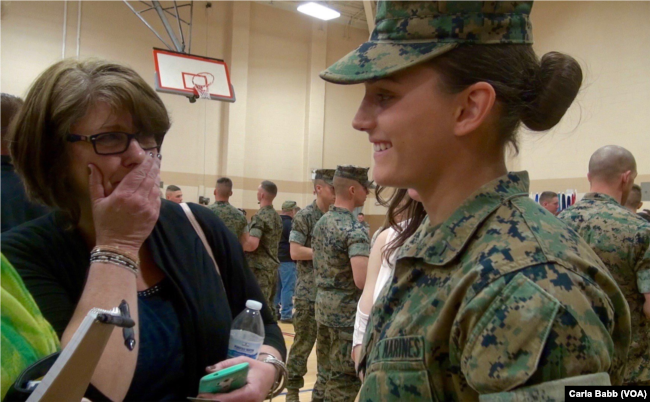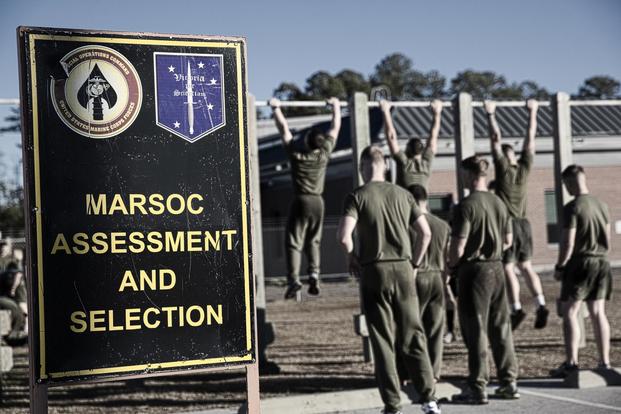Wehrwolfen
Senior Member
- May 22, 2012
- 2,750
- 340
- 48
Women and Appropriate Combat Standards
January 26, 2013
The makeover is already underway. The armed services are now developing gender-neutral standards for all of their jobs, reports the New York Times, replacing the less demanding physical standards for women that each branch has been using heretofore (oh, you mean you didnt know about those lowered standards?) with a single standard for men and women. The Pentagon has vowed that the new gender-neutral standard will not be crafted in order to make it easier for women to join combat units. If you believe that, you probably also believe that colleges hire professors on a race- and gender-blind basis.
Heres how you create a single gender-neutral standard: You universally apply the existing one that was developed based on a sole criterion combat readiness. What was wrong with the standard that men had to meet? Nothing, other than the fact that an insufficient number of women can pass it.
Apart from the obvious problems of sexual attraction and rivalries while on a fast-moving mission, it is absurd to think that putting women into a group of men doesnt radically change the dynamics of that group We obsessively celebrate the sisterhood. Strong women together create a special vibe and special power, we are told; thus the ongoing existence of all-female schools and clubs at a time when any remaining all-male organizations are in the crosshairs. The concept of male bonding, however, once glorified in epics and drama, is now viewed as simply exclusionary, of no value to society whatsoever.
Even before the integration order, other gender-sensitive changes are already underway.
[Excerpt]
Read more:
Women and ?Appropriate? Combat Standards - By Heather Mac Donald - The Corner - National Review Online

















